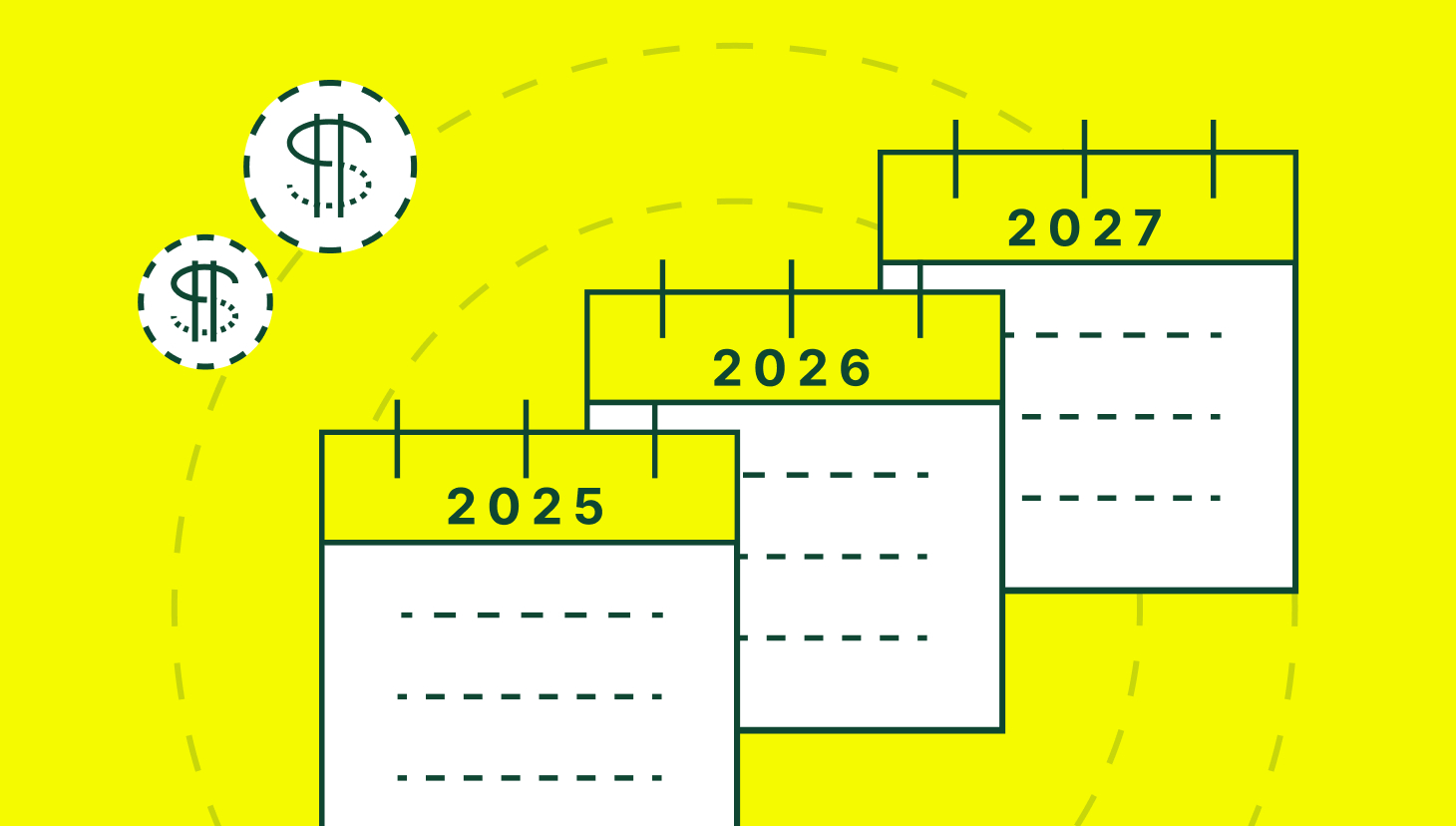As companies prepare for the second half of the fiscal year, the topic of sales compensation planning becomes a pressing priority. QuotaPath recently hosted a webinar addressing this topic, featuring an experienced panel comprising representatives from Finance, RevOps, and Sales.
The result? A candid and tactical conversation about what signals it’s time to update your plan, how to manage change effectively, and what traps to avoid.

Meet the Panel
Hosted by Ryan Milligan, our VP of RevOps, Sales, and Marketing, the webinar brought together:
- Anne Pao, Founder & CEO, Ignite Consulting – a RevOps and fractional CRO expert with deep experience across comp plan design for companies of all sizes.
- Ryan Macia, CFO at Osano – a seasoned finance leader in B2B SaaS with prior tenure at QuotaPath.
- Jon Rydberg, Founder, Align Advisory Group – a GTM veteran and former CRO, with 16+ years across tech sales roles.
This trio represented the trifecta of stakeholders that every effective compensation planning committee needs: Finance, RevOps, and Sales.
“If you don’t have those three people talking, that’s advice piece number one,” said Ryan Milligan.
When to Adjust Your Comp Plan
According to Ryan Macia, Finance should start evaluating comp plans when there’s a misalignment between actual performance and plan expectations.
“The obvious signals are a widening gap between performance and your plan,” said Ryan Macia. “But to really get at comp issues, you need segmentation—win rates by product, channel, or geo. That’s how you start seeing if compensation is part of the problem.”
Once you’ve identified a gap, don’t dive into spreadsheets immediately. Anne Pao recommends a discovery process rooted in transparency and direct feedback.
“One of the first things I do is a ‘roadshow’ with the sales team to understand what they find confusing or demotivating. I also survey Finance, RevOps, and Sales. That data becomes the foundation of the redesign,” said Anne.
Avoiding Common Pitfalls
A major risk in comp plan changes? Operating in a silo.
The panel agreed this often leads to “black box” plans that reps don’t understand or trust.
“I’ve had reps not realize they made more on two-year deals—because the comp plan was written in ‘German.’ Once I made it clear, one rep sold a two-year deal the next week!” said Anne.
And Jon Rydberg highlighted how the problem might not be your comp plan at all:
“You have to ask—is this a rep problem, an enablement issue, or a quota problem? Don’t just assume it’s the plan. Look at activity, coaching, conversion rates, and even market fit,” said Jon.
How to Roll Out Changes
Once the need for change is clear, how you communicate and implement is critical.
“The head of sales should own the rollout, and managers should meet 1:1 with reps to walk through how they can hit 130% of quota,” said Jon. “Tie it to their income goals, and keep it simple.”
Macia emphasized the importance of aligning changes with business objectives, noting that many plans still fail to reward behaviors such as long-term value or gross revenue retention.
“Cash receipt comp plans might make sense if cash is your number one priority. But if you’re trying to incentivize growth, you need better levers—like clawbacks and accelerators that reps understand,” said Macia.
Design, track, and manage variable incentives with QuotaPath. Give your RevOps, finance, and sales teams transparency into sales compensation.
Talk to SalesFinal Thoughts
If you’re entering H2 with a sense that something isn’t working, you’re not alone.
This panel proved that most companies struggle with the same core issues:
- Misalignment between plan design and business metrics
- Complexity that creates confusion for reps
- Failure to coordinate across Finance, Sales, and RevOps
QuotaPath exists to solve these challenges with tools that bring clarity and automation to compensation planning. Whether you’re tweaking quotas, launching accelerators, or overhauling your plan entirely, keep your cross-functional team aligned and your reps informed.
“Comp should never be a mystery. If you want to drive behavior, show them how to win,” said Anne.



